Krill is a name many of us recognize, often thought of as similar to shrimp, but in reality, krill is much more than just a smaller version. These small yet mighty creatures are vital to the Antarctic ecosystem, thriving in the deep, untouched waters of one of the last truly pristine environments on Earth. Free from pollution, this remote ocean supports life in its purest form, and at its heart, the birth of krill sustains everything from massive whales to tiny fish, holding the entire food web together.
But Antarctica is more than just an icy expanse, it’s a dynamic ecosystem where marine life has adapted to the extreme. Krill flourish in vast numbers, feeding on microscopic algae that bloom beneath the sea ice. The long summer days bring abundant sunlight, fueling algae growth and providing krill with a rich, natural food source. This unspoiled habitat ensures krill remain pure and free from contaminants like microplastics and heavy metals, making them one of the cleanest marine sources available.
In this article, we’ll take you on a journey through the life of krill, from their birth in these untouched waters to the careful, sustainable harvesting that protects their population. By understanding their origin and the steps taken to preserve their abundance, you’ll gain a deeper appreciation for krill’s role in maintaining the health of our oceans and the planet.
The Life Cycle of Krill
Krill may be small, but their life cycle is a remarkable journey of survival, adaptation, and contribution to the Antarctic ecosystem. These shrimp-like creatures play an essential role in maintaining marine life, ensuring the ocean’s delicate balance remains intact. Understanding their growth and behavior reveals why protecting krill populations is so important.
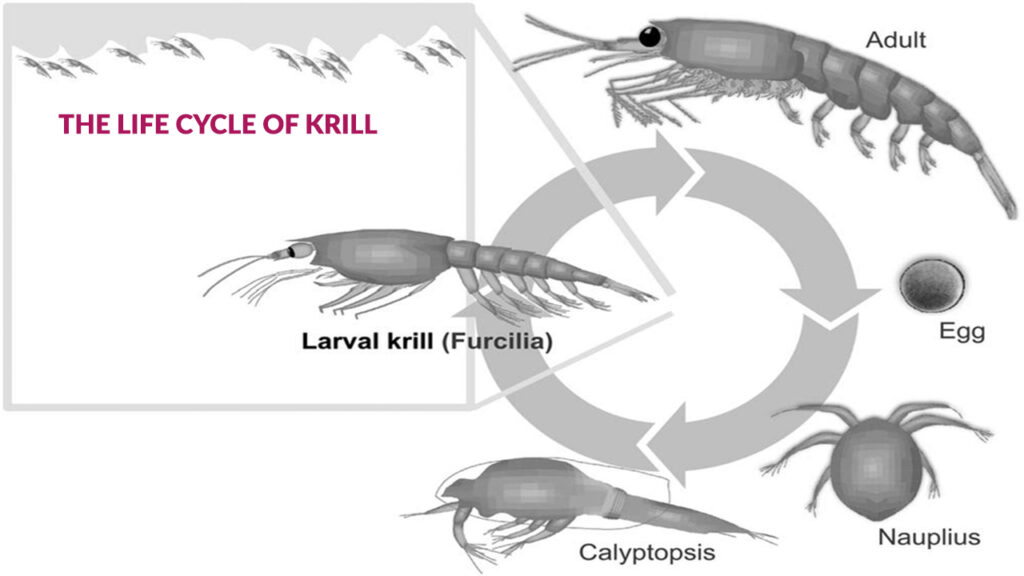
Spawning and Egg Development
Each year, from January to March, female krill release thousands of eggs, sometimes laying up to 10,000 at a time. These fertilized eggs sink deep into the ocean, often descending over 2,000 meters before hatching. This deep-sea incubation protects them from predators, giving them a chance to develop before they make their way back up toward the surface.
Larval Stages: The Journey to the Surface
Once hatched, krill start their lives in the nauplius stage, where they rely solely on yolk reserves for survival. As they grow, they progress through multiple stages of metanauplius, calypsos and furcula each marked by increasing mobility and new physical adaptations. During these early phases, krill slowly ascend toward the surface, transitioning from yolk dependence to feeding on microscopic algae as their digestive system matures.
From Juvenile to Adult: Growth Through Molting
As krill reach the juvenile stage, they begin to resemble miniature adults. Their growth is a continuous process, requiring them to molt shedding their exoskeletons regularly to accommodate their increasing size. It takes about two to three years for krill to reach full maturity, and under ideal conditions, they can live up to six years.
Daily Vertical Migration: A Survival Strategy
One of the most fascinating aspects of krill behavior is their daily vertical migration. During daylight hours, they remain in the deeper, darker waters to avoid predators. As night falls, they ascend toward the surface to feed on nutrient-rich phytoplankton. This movement not only helps krill survive but also plays a crucial role in nutrient distribution, supporting the broader marine food chain.
Swarming: Strength in Numbers
Krill don’t just survive alone they thrive in massive swarms, sometimes reaching densities of thousands of individuals per cubic meter. These swarms serve as a defensive mechanism against predators while also providing an abundant food source for whales, penguins, seals, and fish. This behavior ensures that krill remains a vital link in the ocean’s food web.
By understanding the life cycle of krill, we can appreciate their incredible resilience and the essential role they play in the Antarctic ecosystem. Their survival supports not just marine life but also the health of the entire ocean. Next, we’ll explore how krill help maintain ecological balance and why protecting them is so important.
Krill’s Role in Maintaining Ecological Balance
Krill plays a vital role in keeping the Antarctic ecosystem in balance. Acting as a link between microscopic algae and the ocean’s largest predators, they ensure the steady flow of energy through the food chain. Without them, countless marine species would struggle to survive, making krill an irreplaceable part of ocean life.
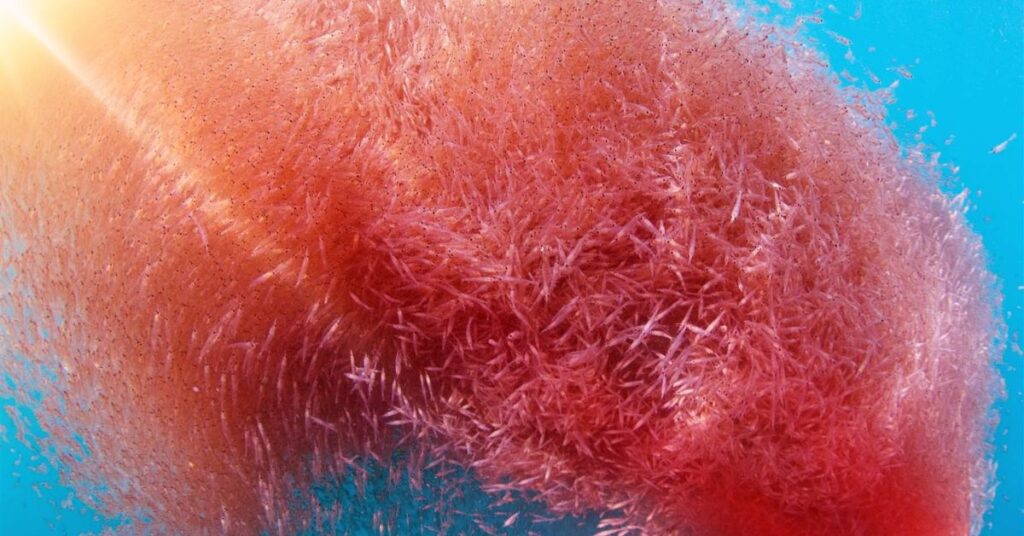
Sustaining Marine Life
Krill serve as the primary food source for whales, penguins, seals, fish, and seabirds. A single blue whale can consume several tons of krill daily, while penguins and seals rely on them to build energy reserves during breeding and migration. Their sheer abundance helps maintain predator populations, preventing disruptions that could ripple through the ecosystem.
Regulating Algae Growth
Beyond being a food source, krill play a crucial role in controlling algae populations. By feeding on phytoplankton, they prevent excessive algae growth that could deplete oxygen levels and disrupt marine habitats. Their constant grazing keeps the ocean environment balanced, ensuring healthy waters for all species that depend on them.
Supporting Carbon Sequestration
Krill do more than sustain marine life they also contribute to fighting climate change. As they consume phytoplankton, they absorb carbon from the atmosphere. When they produce waste or die, that carbon sinks to the ocean floor, effectively removing it from circulation. This natural process makes krill a key player in global carbon regulation.
Driving Nutrient Recycling
Krill’s movement through the water helps distribute essential nutrients, making them more accessible to other marine life. Their feeding and waste cycles return nitrogen and iron to the ocean, fueling the growth of plankton and sustaining the very foundation of the food web.
Now here comes the good part krill don’t just keep the ecosystem running; their presence is a sign of ocean health. Next, we’ll explore how their careful, sustainable harvesting ensures this delicate balance is never disrupted.
The Need for Sustainable Krill Harvesting
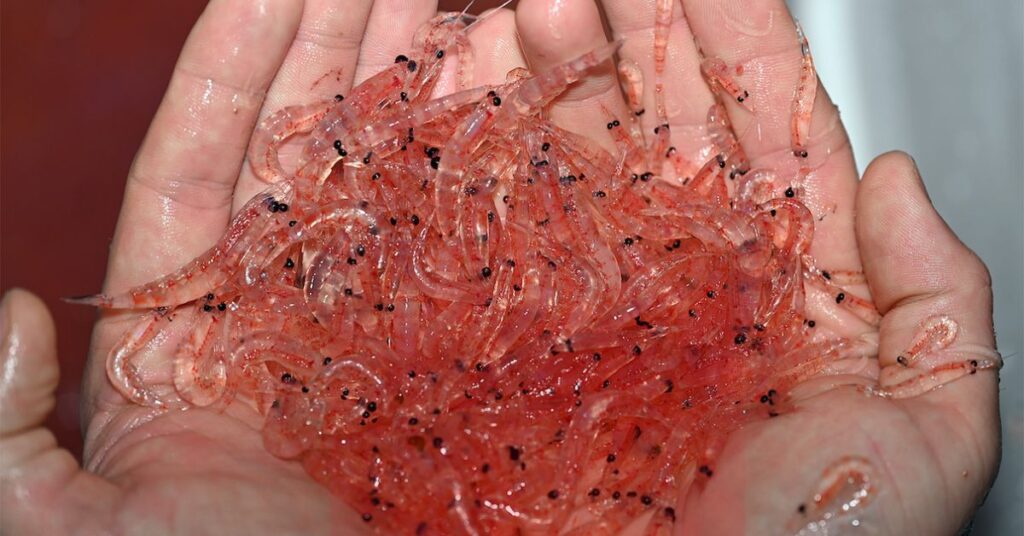
Krill may be one of the most abundant creatures in the ocean, but their role in the ecosystem makes them far too important to take for granted. With so many marine species depending on them for survival, maintaining stable krill populations isn’t just a priority, it’s essential for the health of the entire Antarctic food chain.
If krill were overharvested, the consequences would ripple through the ecosystem. Whales, penguins, seals, and fish that rely on krill as their primary food source would face scarcity, leading to population declines and widespread ecological imbalance. This wouldn’t just affect the Antarctic; disruptions at this level could impact ocean health worldwide. That’s why strict conservation measures are in place to protect krill populations and ensure they continue to thrive for generations to come.
Now here comes the good part sustainable krill harvesting isn’t just possible; it’s already happening. Thanks to responsible fishing practices and strict international regulations, krill is harvested in a way that keeps populations stable while providing a clean, nutrient-rich resource for human nutrition. Let’s take a look at how this balance is maintained.
How Krill Is Responsibly Harvested
Sustainability is at the heart of krill harvesting. Unlike industrial fishing practices that have led to overfishing in many parts of the world, krill fishing operates under strict international oversight to prevent ecological harm. Every step of the process from catch limits to harvesting techniques is designed to ensure krill remains a thriving species in Antarctic waters.
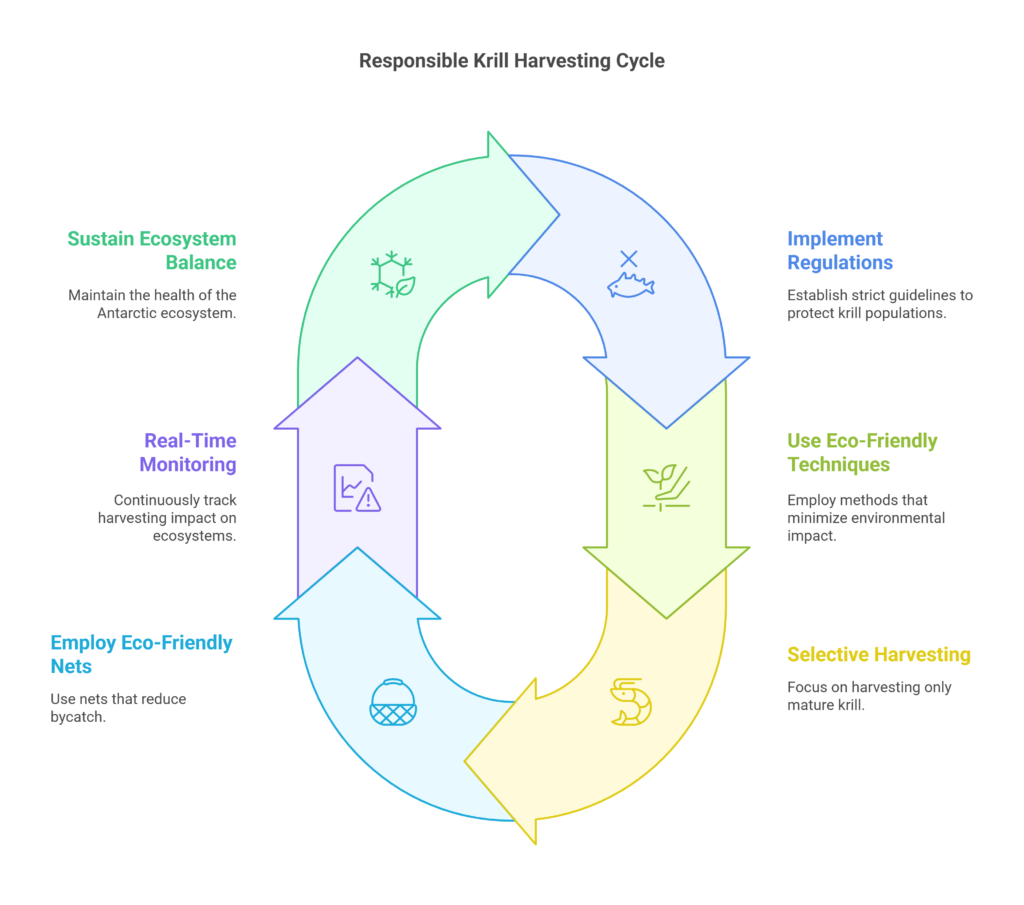
Strict Regulations to Protect Krill Populations
The Commission for the Conservation of Antarctic Marine Living Resources (CCAMLR) enforces strict limits on krill harvesting. These regulations ensure that only a small percentage of the total krill population is fished, leaving plenty for the marine species that depend on them. Fishing is carefully monitored, and operations are restricted to specific areas to avoid disrupting key feeding grounds.
Eco-Friendly Harvesting Techniques
Traditional fishing methods can be wasteful and damaging, but krill harvesting has evolved to be as low-impact as possible.
- Selective Harvesting: Advanced technology allows vessels to target krill specifically, avoiding bycatch (the unintentional capture of other species).
- Eco-Friendly Nets: Specially designed nets reduce harm to krill swarms and prevent unnecessary disruption to the surrounding ecosystem.
- Real-Time Monitoring: Fishing vessels use satellite tracking and sonar technology to monitor krill populations and adjust harvesting efforts accordingly.
Sustaining the Balance of the Antarctic Ecosystem
Responsible krill harvesting isn’t just about preserving krill it’s about maintaining balance in the ocean. By setting strict quotas, using precision harvesting techniques, and continuously monitoring krill populations, we ensure that the ecosystem remains intact. This means whales, penguins, and seals continue to have an abundant food source while humans benefit from a clean, sustainable marine resource.
So read on next, we’ll explore how krill makes its journey from these pristine Antarctic waters to your table, ensuring both quality and sustainability every step of the way.
From Antarctic Waters to Your Table: The Journey of Krill
Krill’s journey doesn’t end with responsible harvesting it’s just the beginning. To ensure its nutritional value and purity remain intact, every step from ocean to final product is carefully controlled. Unlike traditional seafood, which often travels through lengthy supply chains, krill is processed immediately after harvesting to preserve its freshness and maintain its high-quality nutrients.
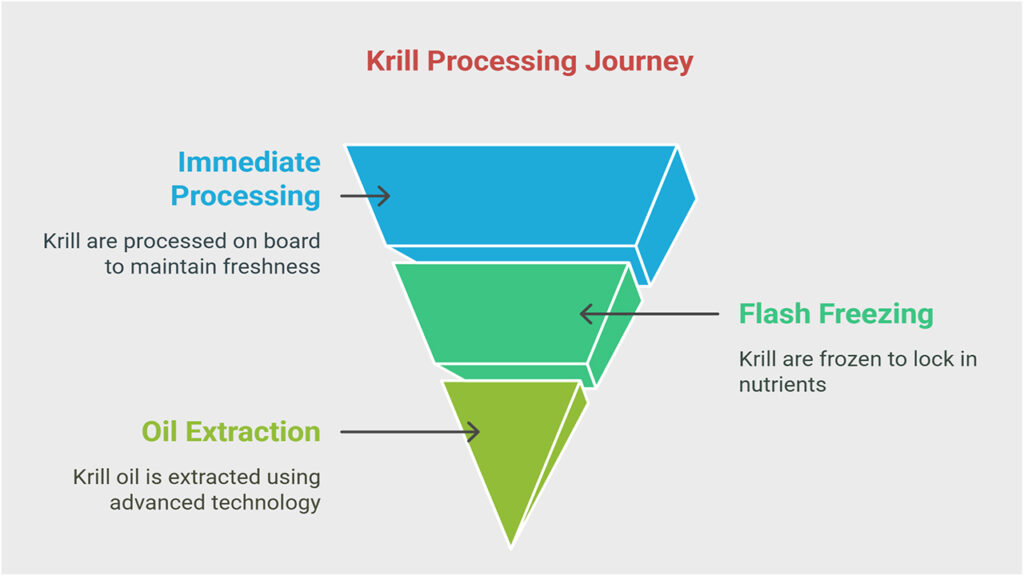
Immediate Processing for Maximum Freshness
Once harvested, krill is processed on board specialized vessels within hours. This rapid handling prevents nutrient loss and ensures the krill remains free from oxidation. The two most common processing methods are:
- Flash Freezing: Whole krill are frozen immediately, locking in their natural oils and nutrients.
- Oil Extraction: Using advanced technology, krill oil is carefully extracted without the use of harsh chemicals, preserving its purity.
This immediate processing prevents spoilage and ensures the krill you consume maintains its rich omega-3 content, astaxanthin, and essential nutrients.
Maintaining Purity Through Cold Storage
Krill products, whether oil or meat, require strict temperature control to maintain their quality. Cold storage techniques prevent oxidation, keeping krill oil fresh and potent. This process is essential for preserving the benefits that make krill such a sought-after source of marine nutrition.
Unlike many fish oils that require artificial stabilizers to prevent spoilage, krill oil naturally contains astaxanthin, which protects it from oxidation. This means you’re getting a cleaner, more stable source of omega-3s without unnecessary additives.
Rigorous Quality Control and Sustainability Certifications
Before reaching consumers, every batch of krill undergoes strict testing to ensure it meets the highest standards for purity and sustainability.
- Purity Testing: Each batch is screened for contaminants like heavy metals and microplastics to confirm its clean Antarctic origin.
- Sustainability Certifications: Reputable krill suppliers follow guidelines set by organizations like the Marine Stewardship Council (MSC) and CCAMLR, ensuring ethical and sustainable harvesting.
These certifications give consumers confidence that they’re choosing a product that supports ocean health while delivering the best possible nutrition.
Now here comes the good part krill isn’t just another seafood option; it’s a responsibly harvested, nutrient-dense superfood that makes a difference for both your health and the planet. Next, we’ll explore how consuming krill supports sustainability efforts and helps preserve the delicate Antarctic ecosystem for future generations.
Krill Arctic Foods: Bringing the Incredible Edible Krill to You
Our journey with krill began over 40 years ago in the seafood industry. While traveling through Eastern Europe, we discovered something extraordinary krill wasn’t just a vital part of the Antarctic ecosystem; it was also a highly nutritious protein source for human consumption. Intrigued by its health benefits, we knew this was something too remarkable to overlook.
Determined to bring this incredible superfood to the U.S., we partnered with Interrybflot Ukraine, the owner and operator of the only commercial vessel capable of processing krill on board. This collaboration led to the creation of Krill Arctic Foods, making us the exclusive seller of krill meat in the United States.
Sustainability First: Harvesting with Responsibility
We take sustainability seriously. Our krill meat is sourced strictly within the guidelines of the Commission for the Conservation of Antarctic Marine Living Resources (CCAMLR), a global organization dedicated to protecting Antarctic marine life. The CCAMLR sets an annual krill harvesting quota of less than 1% of the total krill biomass, ensuring the long-term stability of krill populations and the species that depend on them.
By utilizing krill caught exclusively on our factory vessel and adhering to these strict standards, we ensure responsible harvesting practices that protect not just krill, but the entire Antarctic ecosystem.
Why Krill Meat? The Ultimate Superfood
Krill is more than just seafood it’s a nutritional powerhouse packed with:
- 67 calories and 15g of protein per 105g serving, offering a lean and highly digestible protein source.
- Omega-3s are bound to phospholipids, making them easier to absorb compared to fish oil.
- Astaxanthin is a powerful antioxidant that helps protect cells from oxidative stress and inflammation.
Unlike traditional seafood, krill offers superior bioavailability, meaning your body can absorb its nutrients more efficiently. This makes it one of the cleanest, most sustainable sources of marine nutrition available today.
Taste the Purity of the Antarctic
At Krill Arctic Foods, we believe in offering The Incredible Edible Krill a clean, sustainable, and highly nutritious food source that benefits both people and the planet. By choosing our krill, you’re not only making a smart choice for your health, but you’re also supporting sustainable seafood practices that protect one of Earth’s last untouched ecosystems.
Ready to experience the benefits of Antarctic krill? Explore our products and taste the difference for yourself.
Conclusion
Krill’s journey is one of resilience, balance, and sustainability. Born in the pristine waters of Antarctica, these tiny creatures are the foundation of a thriving ecosystem, feeding everything from whales to seabirds while playing a vital role in the ocean’s health. Their ability to flourish in such an extreme environment makes them one of nature’s greatest resources one that must be protected.
By choosing krill sourced through responsible harvesting, you’re not just adding a nutrient-rich superfood to your diet you’re actively supporting ethical seafood practices that keep marine ecosystems intact. Every step, from strict CCAMLR regulations to our commitment at Krill Arctic Foods, ensures that krill populations remain abundant for the species that depend on them and for future generations.
So, as you enjoy The Incredible Edible Krill, know that it’s more than just food it’s a connection to the untouched waters of Antarctica, a step toward sustainability, and a choice that truly makes a difference. Taste the purity, embrace the impact, and be part of a movement that values both health and the planet.

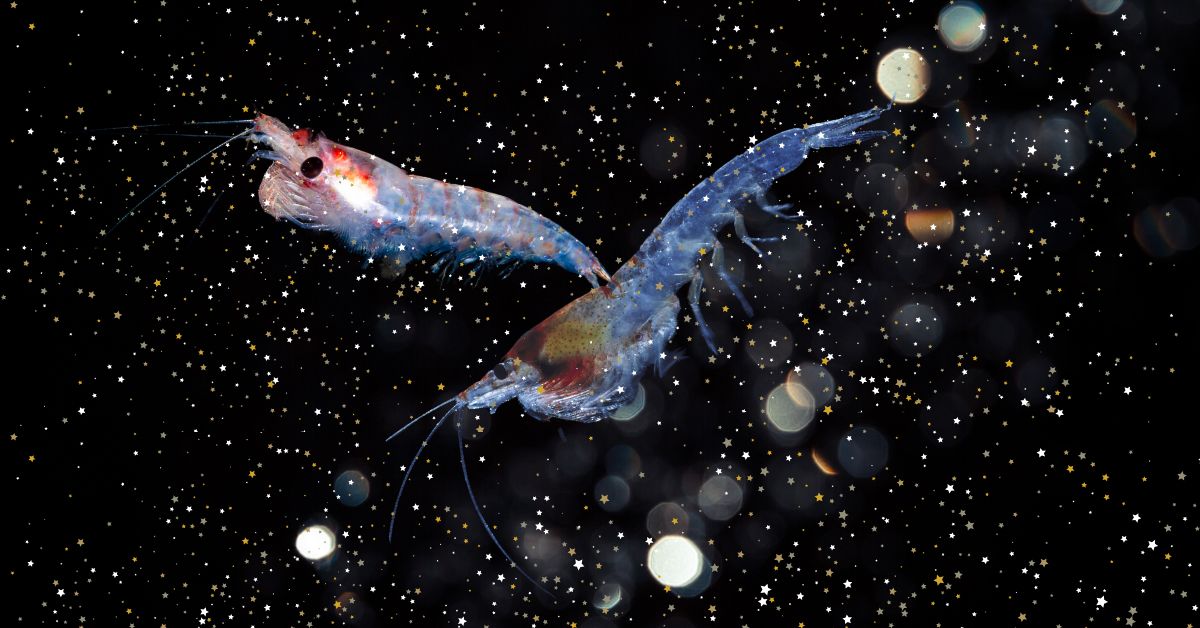
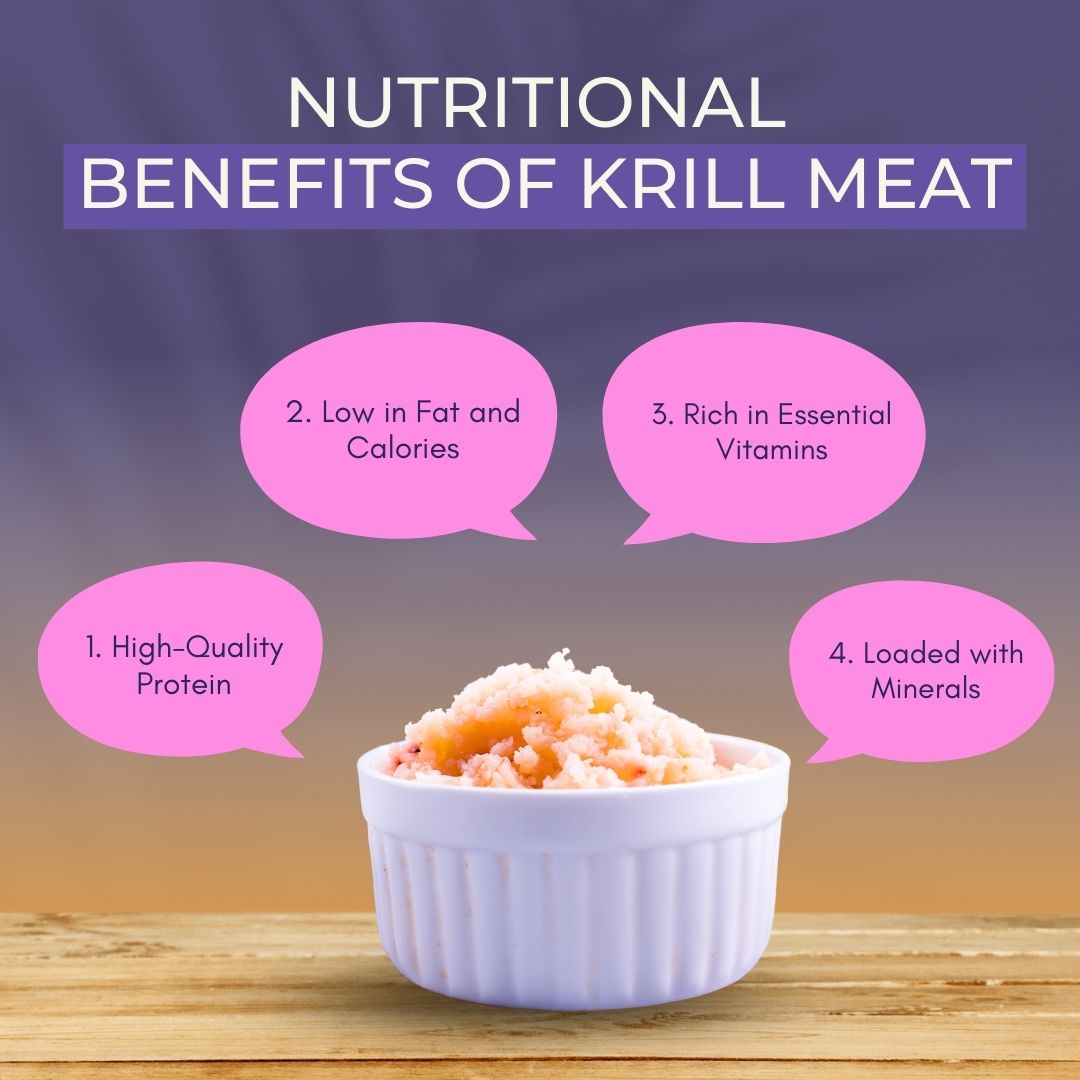
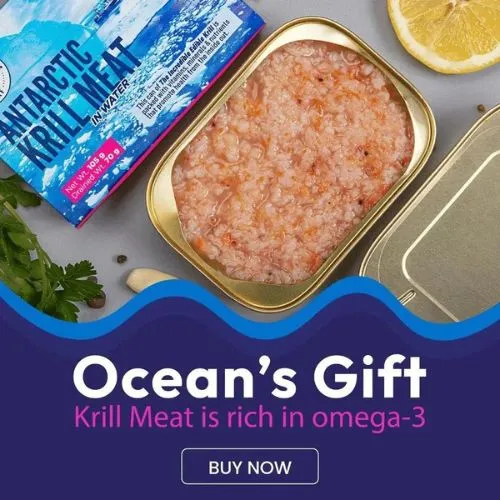
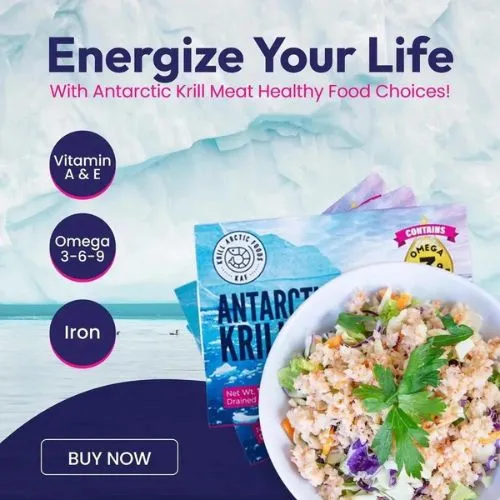
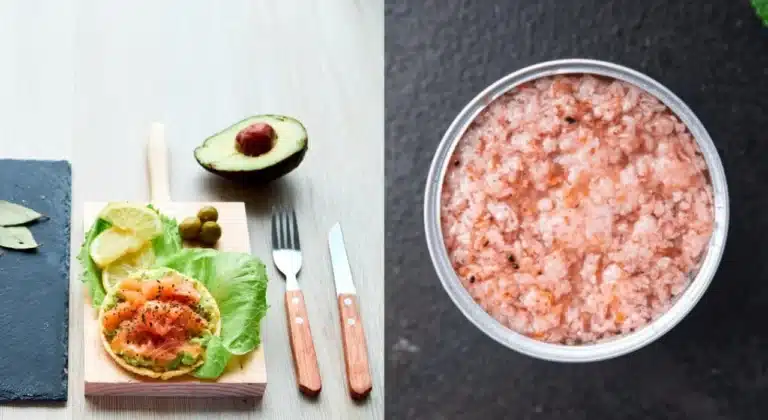

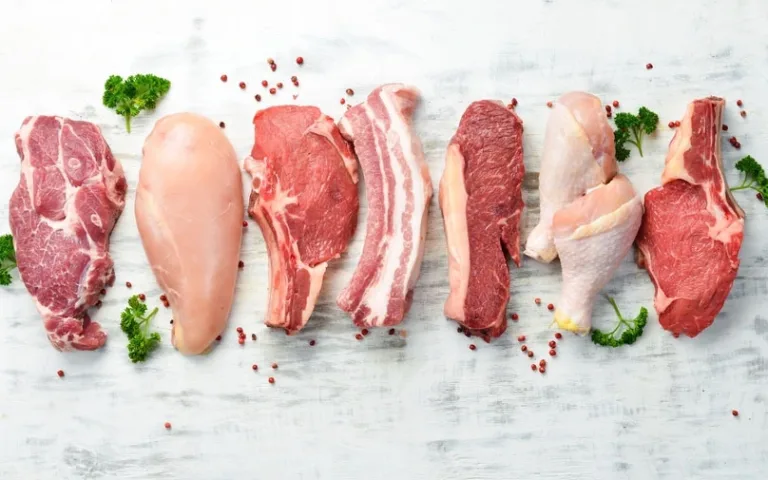
!["A collage featuring four sections: 1) Top left: A white protein shaker, bananas, purple dumbbells, and a red apple on a white surface. 2) Top right: A smiling woman in a black tank top holding a pink smoothie, with a blender and measuring tape beside her. 3) Bottom left: Four glasses of smoothies (white, peach, pink, brown) with straws, surrounded by ingredients like protein powder, nuts, oats, strawberries, and cocoa powder on a wooden table. 4) Bottom right: [Not described in the provided details]." This description covers the three explicitly described sections while noting the fourth quadrant's absence in the user's input. It emphasizes key elements like fitness tools, healthy ingredients, and the woman’s active lifestyle while incorporating SEO-friendly terms like "protein shaker," "smoothies," and "nutritional ingredients."](https://krillarcticfoods.com/wp-content/uploads/2025/05/10-Best-Meal-Replacement-Shakes-for-Healthy-Weight-Loss-768x450.jpg)